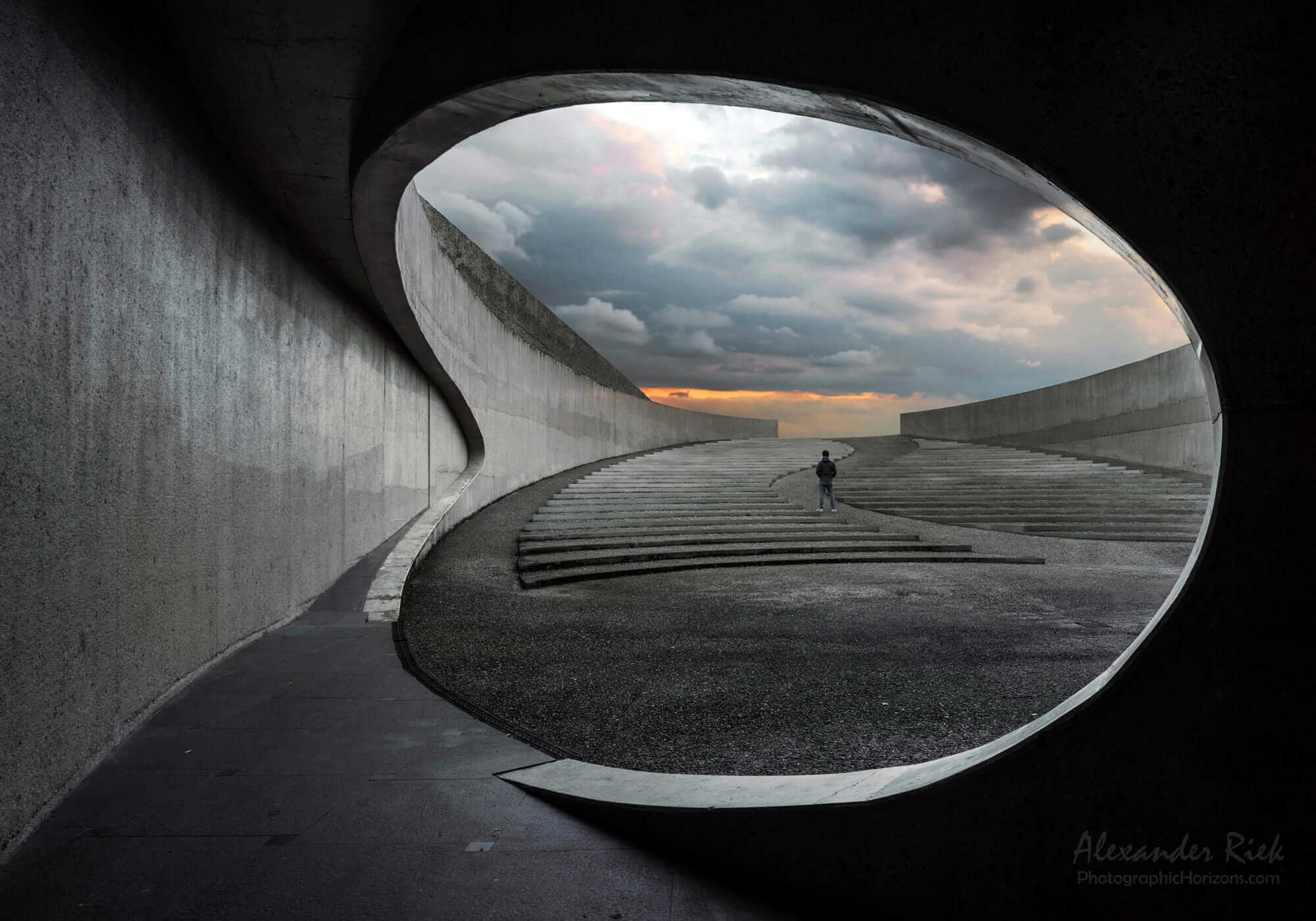In today’s fast-paced digital world, your website is often the first interaction potential customers have with your brand. But here’s the catch—people judge websites in mere seconds. A slow, clunky, or outdated site will drive visitors away faster than a bad first date. On the other hand, a clean, responsive, and user-friendly website can skyrocket user engagement, increase conversions, and build lasting brand loyalty. In this blog, we’ll dive into why web design isn’t just about looking pretty—it’s a powerful tool that can turn pixels into profit.
1. The Power of First Impressions
You only get one shot at a first impression, and for most customers, that happens online. A well-designed website can make visitors feel confident in your brand right off the bat.
- Visually Appealing: A good website design isn’t just about aesthetics; it’s about creating an emotional connection with your audience. Colors, fonts, and images all work together to build trust. For example, soft blues can inspire calm and confidence, while bold reds create a sense of urgency and excitement.
Professionalism: A polished, modern design shows you take your business seriously. Think of it like showing up to a meeting in a welltailored suit—your website should reflect the same level of care and attention to detail.
Pro Tip: If your website looks outdated, potential customers may assume your business is too. A simple refresh can work wonders for your credibility.
2. User Experience: The Key to Engagement
Great web design isn’t just about looking good; it’s about providing a seamless, intuitive experience for your visitors. When your site is easy to navigate and aesthetically pleasing, people are more likely to stick around.
- Responsive Design: With over half of internet traffic coming from mobile devices, it’s crucial that your site adapts to all screen sizes. A responsive design ensures your website looks and functions perfectly, whether on a desktop, tablet, or smartphone.
- Speed Matters: No one wants to wait around for a page to load. Slow websites frustrate users and can increase your bounce rate. Optimizing your site’s speed is an essential part of keeping users engaged.
Fun Fact: Research shows that 53% of mobile users will leave a site if it takes longer than 3 seconds to load.
3. Conversions: Turning Visitors into Customers
It’s one thing to get people to your website, but the real goal is to turn those visitors into paying customers. This is where good design comes in—it creates the path of least resistance from visitor to conversion.
- Clear Calls-to-Action (CTAs): A strategically placed, visually distinct CTA button (e.g., “Shop Now,” “Get Started,” “Sign Up”) makes it obvious to users what they should do next. Clear CTAs guide visitors down the conversion funnel.
- Trust Signals: Features like customer testimonials, security badges, and money-back guarantees help visitors feel safe when making a purchase or signing up for a service.
- Streamlined Checkout Process: A complicated, multi-step checkout process is a conversion killer. Simplifying the process—like offering guest checkout or reducing form fields—can significantly boost your sales.
Pro Tip: A/B test your CTAs to see which designs, colors, and wording work best for your audience. Small tweaks can make a big difference.
4. Building Brand Loyalty Through Design
Your website isn’t just a sales tool; it’s a way to foster long-term relationships with your audience. A good web design creates a sense of familiarity and connection that keeps customers coming back for more.
- Consistency Across Platforms: Your website should align with your social media, email campaigns, and offline marketing. Consistent colors, fonts, and messaging make your brand feel unified, reinforcing recognition and trust.
- Content That Speaks to Your Audience: The design of your site should support valuable, relevant content—whether that’s blog posts, videos, or product descriptions. Content is king, but the design is the throne.
- Interactive Features: Interactive elements like quizzes, live chats, or polls invite visitors to engage with your brand beyond just browsing. These features create a two-way conversation that builds a loyal community around your brand.
Pro Tip: Offer incentives for return visits, such as discounts or exclusive content for newsletter subscribers, to keep customers coming back for more.
5. Analytics: Let Your Data Guide You
Your website isn’t just a sales tool; it’s a way to foster long-term relationships with your audience. A good web design creates a sense of familiarity and connection that keeps customers coming back for more.
- Web design doesn’t stop once your site goes live. One of the greatest advantages of an online presence is the ability to track user behavior. Analytics tools like Google Analytics provide valuable insights into how visitors are interacting with your site.
- Where Are Visitors Clicking? Heatmaps can show you which parts of your site are getting the most attention.
- Bounce Rates and Time on Page: These metrics tell you whether visitors are sticking around or bouncing off quickly. High bounce rates can signal that your design or content needs adjustment.
- Conversion Rates: Analyze how visitors move through your site and where they’re dropping off in the sales funnel. Adjusting design elements based on this data can significantly increase conversions.
Fun Fact: Websites with well-designed user flows (from homepage to checkout) can see up to a 400% increase in conversion rates.
Design That Drives Success
Your website is more than just a digital brochure—it’s the heart of your online presence and plays a major role in how your customers perceive your business. Great web design creates a seamless user experience, drives conversions, and builds long-lasting brand loyalty. In a world where attention spans are short, investing in a professional, userfriendly website isn’t just important—it’s essential.
- So, take a moment and evaluate your website. Is it just pretty pixels, or is it working hard to grow your business? If it’s the former, it might be time for a redesign. Let your website do the heavy lifting— after all, the right design could be the difference between a visitor and a loyal customer.


